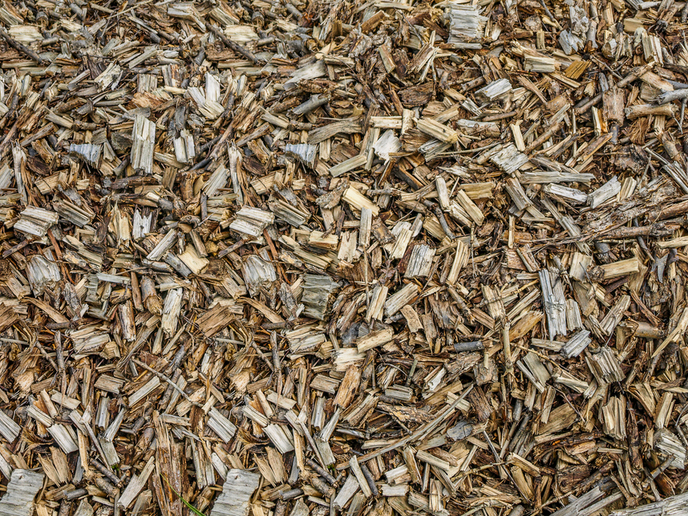Improving car engineering
Alternative materials that are stronger yet lighter than metals and have superior resistance to high temperatures are being investigated for use in automotive engines. Ceramics, in particular are showing great promise due to their superior thermo-mechanical properties compared to traditional metal materials. They are however inherently brittle and that leads to low strain tolerance and low fracture toughness. Project LiValve aimed at developing a method for low cost forming and sintering to produce near net shaped ceramic valves. There were three stages involved in the process. Initially the best ceramic starting material was selected taking into consideration the cost of high volume production and material properties. Silicon nitride was selected since it has the best mechanical and thermal properties for the applications in question. The material has excellent thermal shock resistance and a relatively high facture toughness compared to other ceramics. The second stage in the project involved the development of a moulding process to produce near net shaped valves. The process selected as most efficient involved the production of a feed stock which was formed by the addition of thermoplastic polymer to the powdered ceramic. The thermosetting binder added to hold the body together produces bodies with relatively high mechanical strength and a high green density. The feed is injected into a special mould and then inserted. Sintering, increasing the adhesion between particles by heating, was carried out under pressure-free conditions in an inert atmosphere without expensive hot isocratic pressing material, traditionally used in the process. This low-cost, high efficiency method has already been used for the production of hundreds of valves. Partners are now invited for joint research and development programmes.







